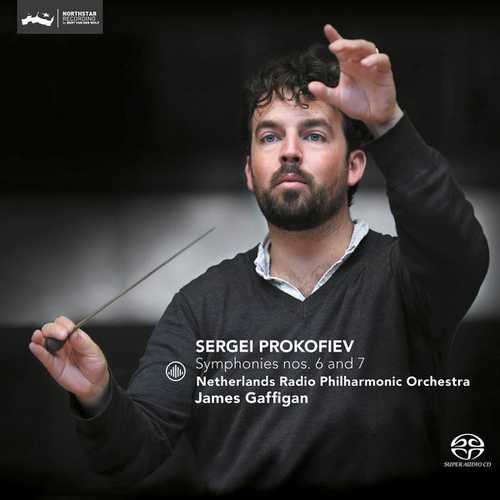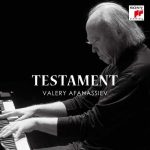
Composer: Sergei Prokofiev
Orchestra: Netherlands Radio Philharmonic Orchestra
Conductor: James Gaffigan
Audio CD
Number of Discs: 1
Format: DSD128 (DSF tracks)
Label: Challenge
Release: 2016
Size: 5.75 GB
Recovery: +3%
Scan: yes
Symphony No. 6 in E flat minor, Op. 111
01. I. Allegro moderato
02. II. Largo
03. III. Vivace
Symphony No. 7 in C-Sharp Minor, Op. 138
04. I. Moderato
05. II. Allegretto
06. III. Andante espressivo
07. IV. Vivace
The harmony in this Sixth symphony is fundamentally tonal, replete with omens and dissonances that sometimes resolve but sometimes testify to his predilection for abrupt shifts of mood, derived from film music, or for unpredictable gear changes from lyrical to more restless melodies. The composer’s choice of instrumentation confirms his feeling for élan and transparency. Prokofiev said virtually nothing of the meaning behind the work. He associated the shadowy sound world with the impact of injuries caused by the War. Prokofiev’s friend, the composer Myaskovsky, confessed that he only began to understand the work properly at the third hearing. Prokofiev was a modernist and a classicist at the same time, and this dichotomy was completely personal and at the same time far from clear. Indeed, it remains a mystery to many people to this day.
The Seventh symphony is one of the last works completed by Prokofiev before his death. The composer was seriously ill in his final years and continued to compose only with the greatest difficulty. It is difficult to imagine this background when listening to the piece, which the composer himself regarded as a ‘children’s symphony’. Written for children it may have been, but it contains absolutely nothing childish or childlike. The harmony and melody appear to delight in meandering down strange pathways and a comparison with Haydn’s Toy Symphony makes it patently obvious that this music is far from innocent. One childlike aspect may be that the phrasing and form still hold on to the remnants of classicism, as testified by the clear syntax and traces of sonata form.



